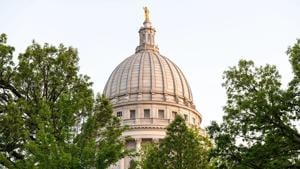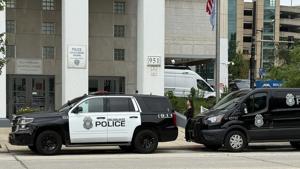(The Center Square) – A pair of bills to fund law enforcement databases in Wisconsin, one requiring a statewide database of certain offenses through the Department of Justice will begin on Jan. 1, and another to fund grants for internal police database sharing, recently became law.
The new statewide public database of crimes will not include personally identifiable information but instead will include information on the county where a crime took place, the name of the prosecuting attorney and court official assigned, the criminal charge filed and arrest charge, whether any charges were dismissed, and if the case resulted in a conviction.
Rep. Bob Donovan, R-Greenfield, sponsored the bill and said that the state’s Consolidated Court Automation Programs works but has limitations.
“The public demands transparency from our legislative and executive branches—and for good reason,” Donovan wrote in testimony supporting the bill. “However, our judiciary is often exempt from similar scrutiny. Time and again, we’ve seen court officials making questionable decisions with dangerous consequences. These decisions, combined with a judicial system that confuses the average citizen, erode trust in the institution.”
Donovan was also a sponsor of the pilot grant program to promote inter-agency sharing along with Sen. Van Wanggaard, R-Racine. That bill was recently signed into law by Gov. Tony Evers.
The bill was supported by several police groups, including the Wisconsin Professional Police Association and Wisconsin Chiefs of Police Association, along with Peregrine Technologies, which produces software systems for data sharing.
“Employing advanced data-sharing technology can be a force multiplier, leading to more efficient police work, reducing overtime, and improving morale within departments,” Kyle Whyte, a Senior Account Executive at Peregrine, said in testimony on the bill.
Donovan’s testimony cited a 2022 homicide in West Allis and the difficulty in identifying a suspect despite having a description of the getaway vehicle as an analyst had to search a list of 1,000 vehicles matching the description in siloed data platforms to determine if the registered owner matched the description.
“The suspect was eventually identified, but not after approximately a month of manual data searching that could have been expedited through the use of data sharing technology,” Donovan testified. “Senate Bill 279 seeks to streamline inter-agency collaboration to boost closure rates, ensuring criminals are brought to justice swiftly.”
















